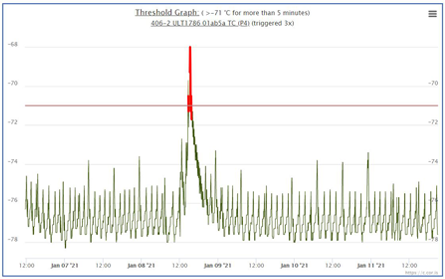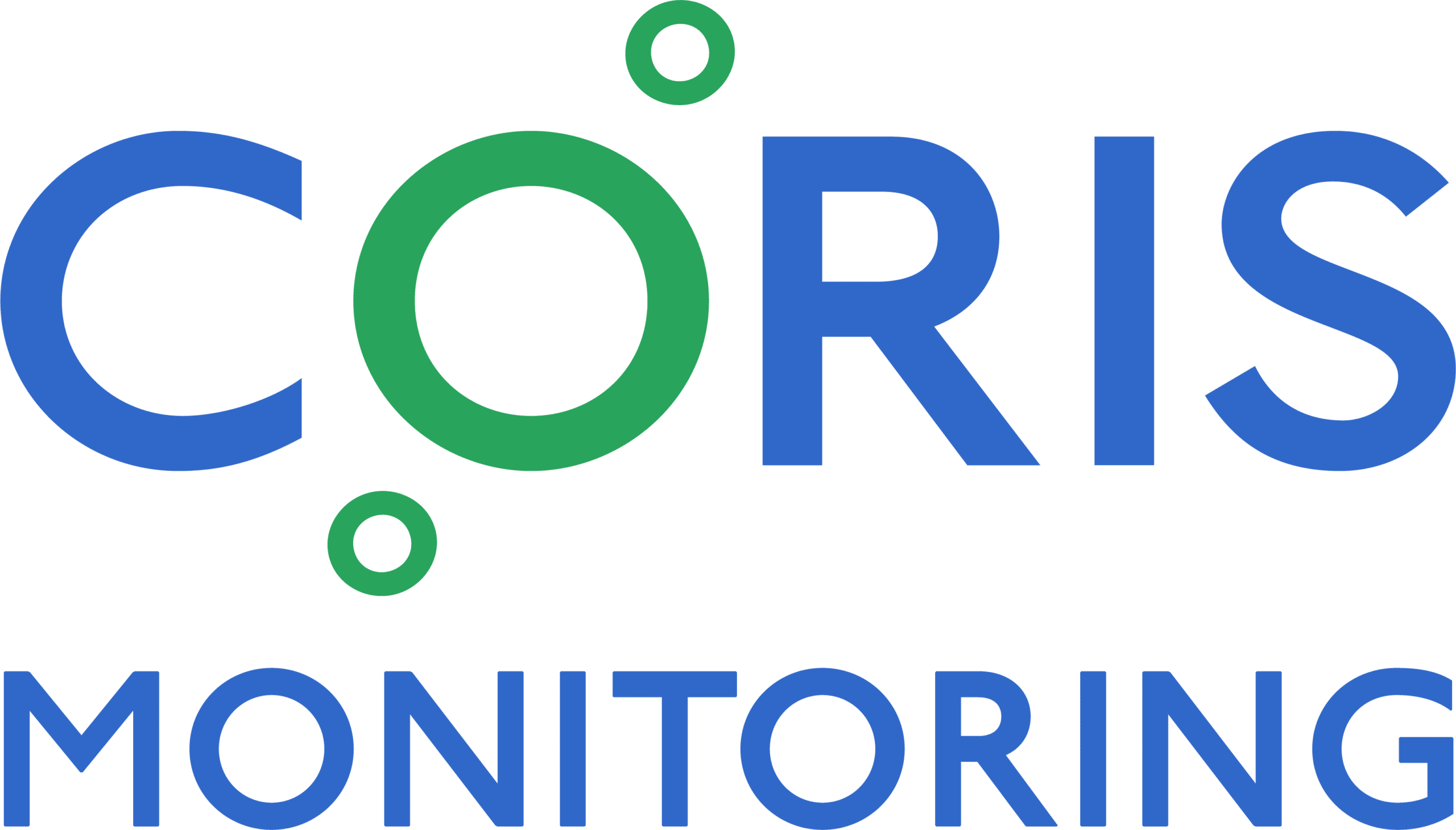
A Monitoring System Built With Your Needs In Mind
The CORIS temperature monitoring system is designed to monitor a very wide range of temperatures in all types of devices and environments where temperature variations can pose a risk to contents, or to people there. This includes but is not limited to: freezers, refrigerators, incubators, walk-in coolers/freezers, museums, warehouses, and construction sites. With real-time temperature data, automated reports, and customizable alerts made available to users via any web-based device or phone, you can proactively manage the quality and safety of the assets you value most, all while increasing productivity.
How the CORIS Temperature Monitoring System Works
TEMPERATURE MONITORING SENSORS
Each sensor measures temperature (or other variables) in real time, and wirelessly transmits readings to the CORIS Gateway via LoRa wireless, which enables much greater penetration through walls/floors than WiFi or Bluetooth. The sensors include internal batteries to store readings for several days during power outages or if communications to the CORIS cloud are interrupted.
CORIS CLOUD
Sensor readings sent to the CORIS cloud are permanently logged and compared in real time to established thresholds. If trigger conditions are met, alerts are immediately sent out to select personnel via phone call, email, or text message (or a combination). Once logged, readings are stored in the cloud forever and can be easily accessed at any time.
LORA GATEWAY
The CORIS Gateway receives sensor readings and forwards them to the CORIS cloud. Each CORIS Gateway can simultaneously communicate with over 100 CORIS sensors. Using LoRa wireless, signals between the sensors and the gateways can penetrate several floors/walls in large buildings (typically 5 to 10 floors, and 20 to 40 walls) or span multiple buildings.
WEB-BASED USER INTERFACE
From any web-enabled device, CORIS users have convenient 24/7 access to device temperature data, reports, graphs, and alerts. An intuitive navigation paired with a highly customizable setup — such as the Teams feature that enables personnel to only monitor and receive alerts for their particular devices of interest — maximizes efficiencies.
TEMPERATURE MONITORING SENSORS
Each sensor measures temperature (or other variables) in real time, and wirelessly transmits readings to the CORIS Gateway via LoRa wireless, which enables much greater penetration through walls/floors than WiFi or Bluetooth. The sensors include internal batteries to store readings for several days during power outages or if communications to the CORIS cloud are interrupted.
LORA GATEWAY
The CORIS Gateway receives sensor readings and forwards them to the CORIS cloud. Each CORIS Gateway can simultaneously communicate with over 100 CORIS sensors. Using LoRa wireless, signals between the sensors and the gateways can penetrate several floors/walls in large buildings (typically 5 to 10 floors, and 20 to 40 walls) or span multiple buildings.
CORIS CLOUD
Sensor readings sent to the CORIS cloud are permanently logged and compared in real time to established thresholds. If trigger conditions are met, alerts are immediately sent out to select personnel via phone call, email, or text message (or a combination). Once logged, readings are stored in the cloud forever and can be easily accessed at any time.
WEB-BASED USER INTERFACE
From any web-enabled device, CORIS users have convenient 24/7 access to device temperature data, reports, graphs, and alerts. An intuitive navigation paired with a highly customizable setup — such as the Teams feature that enables personnel to only monitor and receive alerts for their particular devices of interest — maximizes efficiencies.
Get Answers to Frequently Asked Questions
The CORIS ETS probes cover a very wide temperature range between -250℃ to +1200℃. Higher temperature monitoring is available upon special order request.
Whenever the communication with a temperature sensor is lost, the CORIS system will send you an alert via text, email, or phone (based on your user preferences). This means you’ll be notified in the event of a local power or internet failure. Further, the internal batteries in the sensors will store several days’ readings for long outages, and automatically send stored readings to the cloud when communication is restored.
Yes, battery back-up power is standard. The internal battery enables the ETS to operate for up to one month if its normal power supply is interrupted. If the ETS cannot forward temperature readings to the CORIS servers for any reason including an internet outage, these sensor readings will be stored inside the ETS until communication with the servers is restored. Once communication is restored, the ETS will transmit stored readings in between transmission of current readings every two minutes. The TH-D sensor module runs on batteries, and will also store readings internally if communication with the servers is interrupted. The TH-D can internally store about one week’s worth of readings.
Since the gateway does not have an internal battery option, many customers power the gateway with a battery pack that has a USB port. CORIS will provide a special USB cable to power the gateway from an external battery. As long as the battery can be charged while it is discharging through a USB port, the battery will power the gateway and stay fully charged. If power to the battery is lost, the gateway will continue to run on the battery. A large capacity battery can power the gateway for a few days.
Yes, the CORIS system is compliant with HIPAA, CAP, CLIA and CFR 21 Part 11. Our system for temperature monitoring only records temperature readings, which are permanently recorded in the cloud and cannot be modified or deleted. Reports are also automatically generated and permanently stored in the cloud (without the option to modify or delete), and can be used to verify the integrity of original temperature readings.





